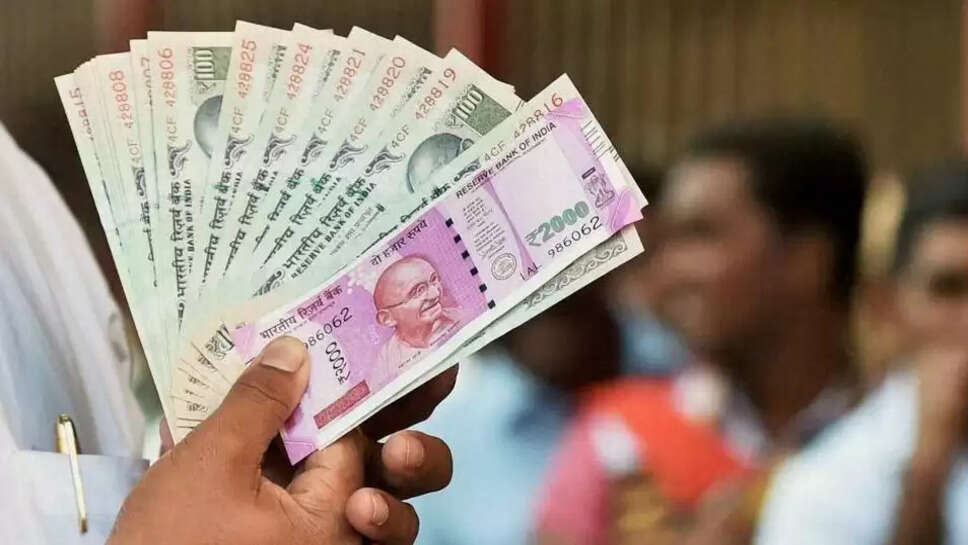Print Notes News: RBI's big decision, will no longer print these 2 notes
RBI - According to a recent report of RBI (Reserve Bank of India), let us tell you that RBI has stopped printing these notes. This means that in future no new stock of these notes will come in the stock market.

News, Digital Desk- According to the recent annual report of RBI (Reserve Bank of India), printing of 2, 5 and 2000 rupee notes has been stopped.
This means that in future no new stock of these notes will come in the stock market. This decision is a part of the Reserve Bank of India's efforts to simplify and streamline the cash system.
The process of phasing out the 2000 rupee note started last year itself, when RBI started the process of removing them from circulation.
Now it has been clarified in the report that by March 2025, 98.2% of the ₹ 2000 notes worth ₹ 3.56 lakh crore have returned to the banking system.
That is, these notes are now left in the market in name only and their printing has also been stopped permanently. Similarly, no new printing of ₹ 2 and ₹ 5 notes will be done now.
For small transactions, now one will have to rely on coins only, because the circulation of coins in these value categories is increasing continuously. (Indian Currency)
The Reserve Bank of India started removing Rs 2000 notes from circulation last year. By March 2025, about 98.2% of the Rs 3.56 lakh crore notes have returned to the banking system.
Now there are very few Rs 2000 notes left in the market and their printing has been stopped permanently. Similarly, there will be no new printing of Rs 2 and Rs 5 notes. The use of coins will now increase for small transactions, as their circulation is increasing.
Which notes are used the most?
According to the RBI (Reserve Bank of India) report, the Rs 500 note is the most dominant in the Indian cash system. It accounts for 40.9% of the total number of notes and 86% of the total value.
At the same time, the circulation of 1, 2 and 5 coins has also increased, registering a growth of 3.6% in number and 9.6% in value in FY25, accounting for 81.6% of the total coin volume.
The pace of digital currency is also increasing. The value of RBI's e₹ (digital rupee) has reached ₹1,016.5 crore in FY25, which is an increase of 334% compared to last year.
The ₹500 digital currency has the highest share in this - 84.4%. This means that even in the digital world, the same notes are in the most use which are popular in physical cash.
According to the report on the status of counterfeit notes, there has been a decrease in counterfeit notes of ₹10, ₹20 and ₹2000. However, the number of counterfeit notes of ₹200 and ₹500 has increased.
The cost of printing notes has increased to ₹6,372.8 crore in the financial year 2025, which is more than the previous year. This shows that more attention needs to be paid to new notes in the fight against counterfeit notes.
The process of destroying old and dirty notes has also increased. 2.38 lakh notes were destroyed in FY25, which is 12.3% more than last year.
The good thing is that now these old notes are being disposed of in an environmentally friendly way – particle boards, furniture and interior materials are being made from them.
Sa-Mudra Project-
RBI (Reserve Bank of India) has launched the 'Sa-Mudra' project to digitize and automate currency management. Its aim is to modernize the counting, sorting and tracking of notes. Additionally, 'MANI App' is being promoted for the visually impaired so that all citizens can get equal access to cash.
Overall, it is clear from this RBI report that the country's cash system is now moving towards a big change. Coins are replacing small notes, big notes like 2000 rupees are now about to become history and digital currency is slowly coming into the mainstream.
